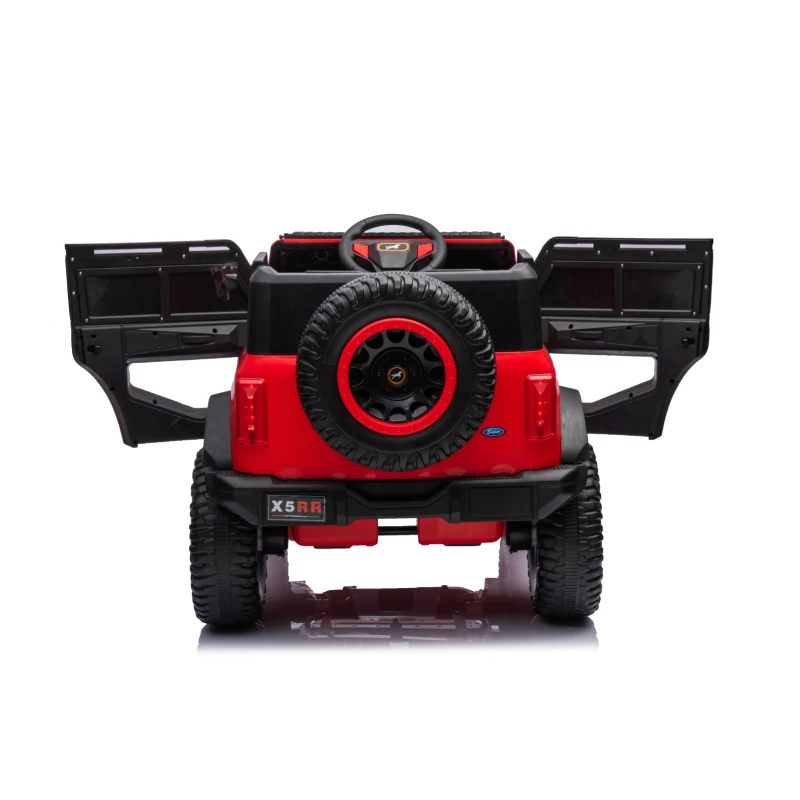can you ride an electric scooter in the snow
Can You Ride an Electric Scooter in the Snow?
Electric scooters have become increasingly popular as a convenient mode of transportation in urban areas. They provide a quick way to navigate through city streets, reduce traffic congestion, and promote eco-friendly commuting. However, as winter approaches, many scooter riders ponder an important question Can you ride an electric scooter in the snow?
The short answer is yes, but there are several factors to consider before you zip through a winter wonderland on your electric scooter. Safety, performance, and legality are crucial elements that every rider must evaluate.
Firstly, safety is the most significant concern when riding in snowy conditions. Snow can create slippery surfaces that pose a significant risk of slipping and falling. If you decide to ride your scooter in the snow, it’s essential to wear appropriate safety gear. This includes a helmet, gloves, and possibly knee and elbow pads to protect yourself from potential spills. Additionally, riding at a reduced speed can help you maintain better control and reduce the likelihood of an accident.
Another factor to consider is the type of electric scooter you own. Not all scooters are designed for winter riding. Many standard electric scooters lack the necessary features to handle snowy or icy conditions. Scooters with solid, wide, and durable tires offer better traction on slippery surfaces, making them a more suitable choice. Some models also come with built-in features like wider foot decks and better suspension systems that can enhance stability during winter rides. If you’re an avid rider, it might be worth investing in a winter-ready scooter designed to navigate adverse weather.
can you ride an electric scooter in the snow

Performance is also affected by temperature and moisture. Electric scooters depend on batteries that can lose efficiency in colder weather. In extremely low temperatures, the battery life may decrease, impacting your range and overall performance. If you plan to ride in the snow, it’s essential to charge your scooter fully before your trip. A cold battery can also take longer to charge, so plan your charging sessions accordingly.
Moreover, it’s crucial to be aware of the legal implications of riding electric scooters in the snow. Some cities may have specific regulations regarding scooter usage in adverse weather conditions. In certain locations, riding on sidewalks may be prohibited, especially when conditions are slippery. It’s always best to familiarize yourself with local laws and regulations to avoid fines or other repercussions.
If you do decide to ride your electric scooter in the snow, consider choosing carefully where you ride. Avoid areas that are heavily packed with snow or ice, as these can significantly hinder your traction. Instead, look for cleared paths or roads that have been treated for winter conditions. Maintaining your scooter is equally important; regularly check tires, brakes, and lights to ensure they function correctly and are ready for winter conditions.
Lastly, it’s worth noting that alternative options might be more suitable during snowy seasons. Walking, using public transport, or switching to a traditional bike with winter tires may be safer alternatives when dealing with winter weather.
In conclusion, while you can ride an electric scooter in the snow, it comes with its challenges and risks. By prioritizing safety, understanding your scooter's capabilities, and following local laws, you can enjoy riding even in winter conditions. However, do assess whether it is the best choice for you and consider alternatives if conditions are particularly harsh. Happy riding, and stay safe out there!
-
Children's Tricycle: Enlarged Seat, Sunshade & Safety Push BarNewsAug.31,2025
-
Sports Kids Bike: High Carbon Steel Argon Arc Welded Frame | Beautiful GiftNewsAug.30,2025
-
Ultimate 24V Children's Car: Power, Fun & Safety for KidsNewsAug.29,2025
-
Children's Electric Car Ride Ons: 2-Seater, Bumper & Audi ModelsNewsAug.28,2025
-
Understanding Voltage in Battery for Children's Motorized CarNewsJun.05,2025
-
Safety Features to Look for in an Electric Car for KidsNewsJun.05,2025
